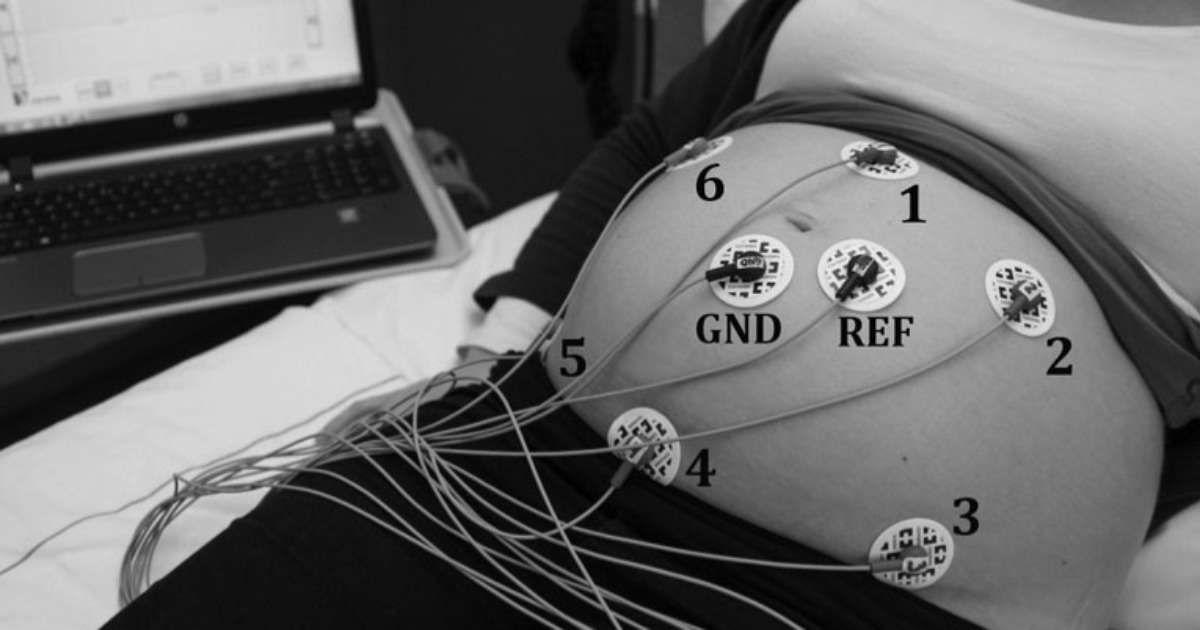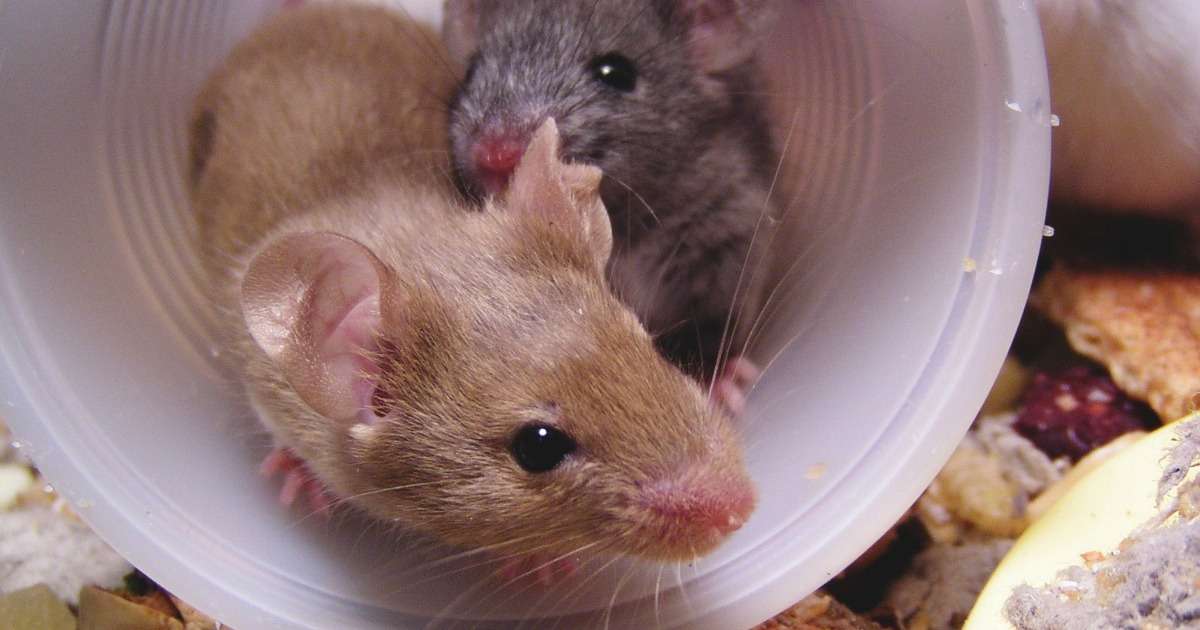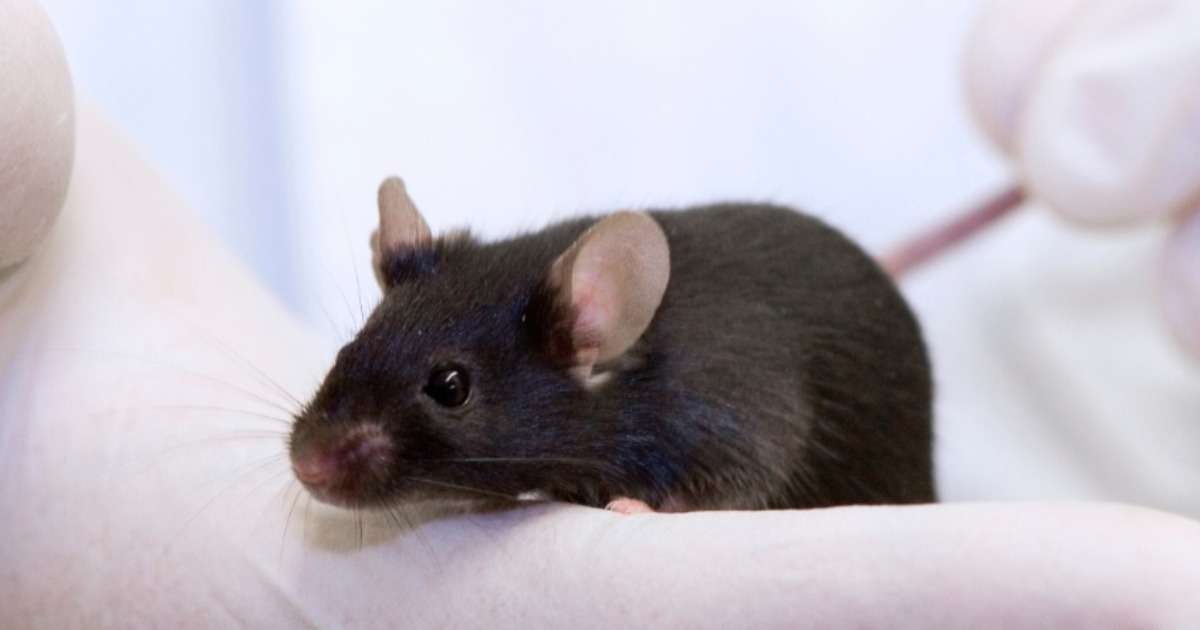Filter on
human behavior research categories

In home study of older persons
Older people are healthier these days and like to live in their own homes as long as possible. As a result, the need for home care services is increasing.

The response of oxytocin to mother-infant interaction
Researcher Rebecca Knapp was interested to know whether infant eye gaze away from the mother, or eye gaze directed to the mother, would correspond to increased maternal oxytocin. Read her blog post to learn more.

The emotions of people who think they’re nice
What does ‘nice’ actually mean in relation to psychological variables? And does it positively correlate with self-reported levels of health, happiness, and wellbeing?

Emotions distract people with eating disorders
Studies show that people with anorexia nervosa have reduced facial expressivity of emotions while viewing emotionally provoking stimuli. Researcher Leppanen and her team used FaceReader to investigate this.

Interview skills training for adolescents with language disorder examined
The study of Mathrick and colleagues evaluated an interview skills training package targeting both verbal and non-verbal skills for adolescents with severe and persistent Language Disorders.

The impact of sounds on autistic children’s behaviors
Children with autism can have trouble dealing with external distractions. Researcher Shireen Kanakri conducted a study to observe the impact of the acoustic environment on restrictive and repetitive behaviors.

Measuring parent-infant behavior from another point of view
Parent-child interaction is an important focus of child development research. Lee’s research team compared recordings of play behavior from both a traditional third-person point of view, and through the babies' eyes.

Fetal electrocardiography
The results of the fundamental research reported in Kim Verdurmen's thesis show that fetal ECG is a technique that is still developing but has shown to have multiple promising prospects, both during pregnancy and labour.

Technical demonstration of FaceReader in Seville, Spain
GO-LAB demonstrated FaceReader's amazing possibilities and efficient replacement of manual coding procedures.

Robots in the operating room
Dr. Ahmad and his team analyzed surgical team movements during robot-assisted surgery to understand and categorize causes for interruptions.
Filter on
animal behavior research categories

Revealing the secret social role of the CA2 hippocampus
Aggressive behavior is adaptive for most species. But how is this aggressive behavior mediated in the brain? A recent study indicates that the hippocampus is a crucial neural component in mediating social recognition.

Behavioral effects of optogenetically induced myelination in mice
Myelination, the ‘ensheathment’ of neurons, is essential to the functioning of the central and peripheral nervous systems. So it is not surprising that problems with myelination can lead to a number of crippling diseases.

How to measure a zebrafish larva’s highly stereotyped response to water motion?
At the Max Planck Institute for Medical Research in Heidelberg, Germany, Groneberg and colleagues researched one of the neural bases for behavior in Danio rerio.

How to study ataxia
Ataxia is a common problem in Parkinson’s disease (PD), and many early onset Alzheimer’s disease patients (AD) also deal with it. Now there is a non-invasive test for mouse models.

Bonobos not always as tolerant as generally believed: the plot thickens…
In Planckendael Wild Animal Park (Belgium), researchers have been observing a group of bonobos and have found that the differences between chimpanzees and bonobos are not always as black and white as generally believed.

A new method to evaluate if dogs are suitable for IED bomb detection
Margaret Gruen and her colleagues recently investigated a new method to assess sound induced fear and anxiety in candidate IED-detection dogs – specifically, Labrador retrievers.

Alzheimer's: prevent instead of cure?
Alzheimer’s disease (AD) is a huge public health issue as it affects a large part of the aging population. Neuropathology is studied primarily in the end stages of the disease. What about prevention?

Prof. Berry Spruijt says goodbye (but not really)
Prof. Dr. Berry M. Spruijt recently retired from his position at Utrecht University. I had the honor of attending the symposium that was organized to reflect on and celebrate his career.

Which head and neck positions are stressful for your horse during lunging?
Being a horse owner and a Noldus employee is the perfect combination when it comes to keeping track of the scientific background for my horseback riding hobby.

Gait research: let your animals walk freely
Researchers use different ways to analyze gait in animals. In what instances would a study benefit from a system that is based on voluntary walking?
